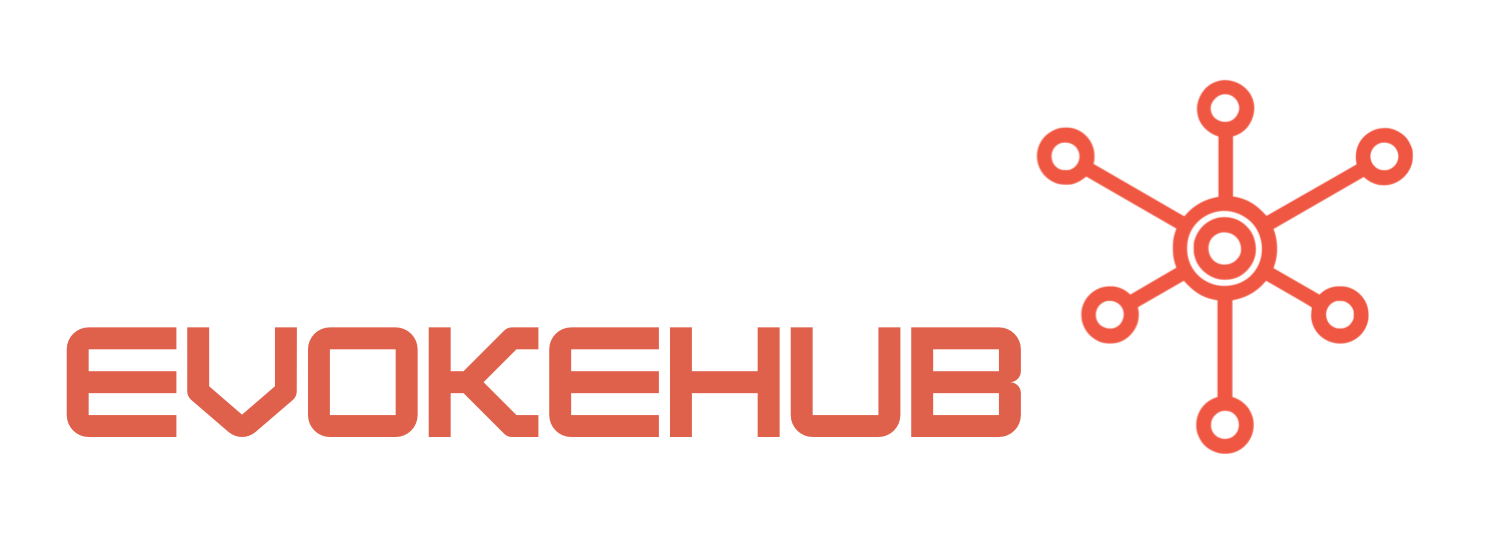The Role of Dust.tt in Enhancing AI App Development
Dust.tt serves as a collaborative platform where developers, data scientists, and other stakeholders can work together seamlessly. By providing a structured environment for project management, it allows teams to organize tasks, track progress, and communicate effectively. This is particularly vital in AI app development, where projects often involve multidisciplinary teams working on complex algorithms and datasets. For example, using Dust.tt, team members can share insights about model performance, discuss data preprocessing techniques, and refine project goals in real-time, ensuring everyone is aligned.
Moreover, Dust.tt facilitates the integration of various tools and APIs commonly used in AI development. With its extensive ecosystem, teams can connect to platforms like TensorFlow, PyTorch, and various data storage solutions, thereby creating a unified environment for development. This integration minimizes the friction typically associated with switching between different tools, allowing developers to focus on writing code and optimizing models, rather than managing disparate components of the workflow.
Additionally, Dust.tt prioritizes version control and documentation, which are critical in AI app development. As models evolve and datasets are updated, maintaining an accurate record of changes becomes essential for reproducibility and collaboration. Dust.tt helps teams document their work, providing a historical context that can be invaluable when reviewing past decisions or onboarding new members. This structured approach not only enhances productivity but also supports compliance with industry standards in AI development.
Key Benefits of Integrating Dust.tt into Your Workflow
One of the most significant benefits of integrating Dust.tt into your workflow is improved collaboration among team members. The platform fosters an environment where information can be easily shared and accessed. By providing a centralized location for all project-related materials, Dust.tt eliminates the silos that often hinder communication in AI development teams. This enhanced collaboration leads to more innovative solutions, as diverse perspectives can be easily accommodated and integrated into the development process.
Another advantage of using Dust.tt is its ability to streamline project management. With built-in task management features, teams can assign responsibilities, set deadlines, and monitor progress with ease. This not only ensures accountability but also enhances visibility into the project’s status. Teams can prioritize tasks based on urgency and importance, allowing for better resource allocation and more efficient workflows. Furthermore, the real-time updates provided by Dust.tt mean that team members are always aware of the latest developments, reducing the risk of miscommunication.
Lastly, integrating Dust.tt into your AI app development workflow can lead to significant time savings. By automating routine tasks and simplifying project management, teams can focus their efforts on core activities—such as coding and model training—rather than administrative duties. This increased efficiency ultimately accelerates the development lifecycle, enabling teams to bring their AI applications to market faster. Furthermore, the ability to quickly iterate on prototypes and receive feedback through Dust.tt can lead to a higher quality final product, enhancing user satisfaction and overall project success.
In conclusion, the importance of Dust.tt in AI app development cannot be overstated. By enhancing collaboration, streamlining project management, and saving time, it empowers teams to focus on innovation and quality. As AI continues to shape the future, adopting tools like Dust.tt will be essential for organizations looking to stay ahead in this competitive landscape. For more information on how to integrate Dust.tt into your workflow, visit Dust.tt’s official website. By embracing such platforms, teams can not only improve their efficiency but also drive meaningful advancements in artificial intelligence applications.




